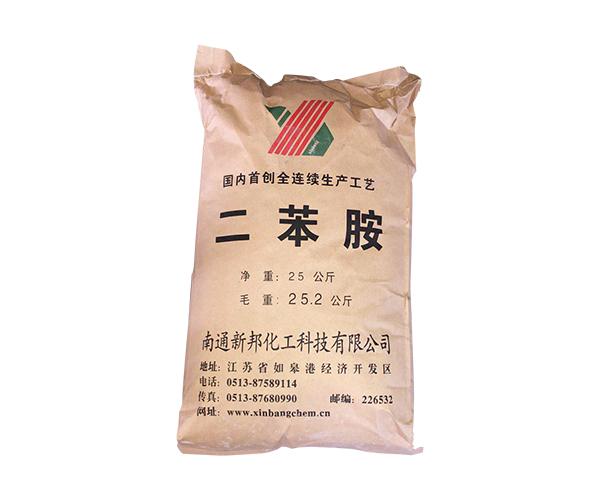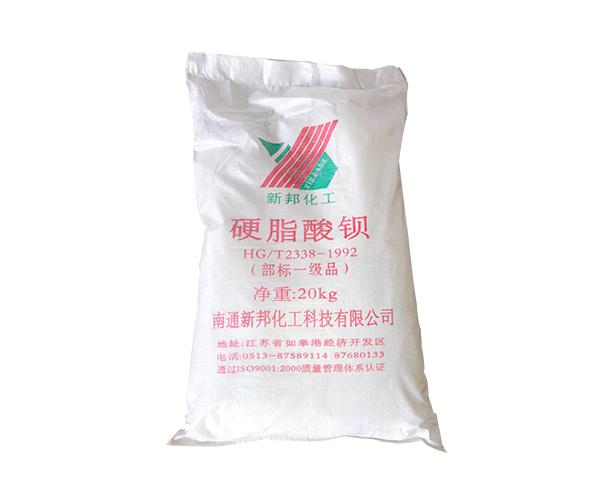Welcome to the related industries, we will work with you in good faith, common development! Sincerely welcome new and old friends to visit us!
Our hand in hand, will bring the deduction for your products.

Calcium stearate has a wide range of applications, which are determined by its properties. It can be used as a lubricant, mold release agent, etc. This is also inseparable from its production methods, mainly including water method and melting method. Generally speaking, water method produces acidic products, while melting method produces alkaline products. The specific production introduction is as follows:
1. Water method, also known as wet method
When water is used as the medium, a certain amount of catalyst is added, the appropriate temperature and pressure are controlled, and then a certain amount of metal hydroxide is added. The metal ions will be displaced onto the catalyst through the catalyst, and then further displaced onto stearic acid through the catalyst, generating metal salts. The catalyst is processed and recycled, and the stearic acid salt is centrifuged, dried, and ground to obtain a product with a mesh size of 200-600 mesh that meets industry standards. Water method production usually results in a slight excess of stearic acid, so the finished product of calcium stearate after the reaction appears acidic. Therefore, after the reaction, the finished product of calcium stearate appears acidic.
2. Melting method, also known as dry method
It refers to the direct addition of metal oxide (indirect method zinc oxide) to molten stearic acid, (of course, in the presence of a catalyst, otherwise the conversion rate of the reaction will be very long) controlling a certain temperature and pressure with stirring speed, and obtaining stearic acid salt through the reaction. Products produced by dry method can generally achieve complete reaction due to the presence of a catalyst, and the metal oxide is slightly excessive, so the product appears alkaline during detection. The metal oxide is slightly excessive, so the product appears alkaline during detection.
Through the introduction, we have learned why the acidity and alkalinity of the two production methods of calcium stearate are different, and we have gained a general understanding of its production process. It is important to pay attention to some details in the production process, such as temperature, pressure, etc., which can affect the properties of the final product.
|
Previous:NO
Next:NO |
Return to list |
Recommended product

DiphenylamineMolecular formula: (C6H5) 2NHMolecular weight: 169.23Structural formula:Quality Indicator: Enterprise Standard (Q/3206…

Barium stearateCharacteristics: White fine powder, no obvious mechanical impurities. Insoluble in water, soluble in hot ethanol, de…